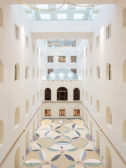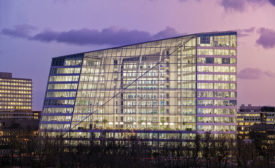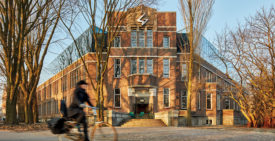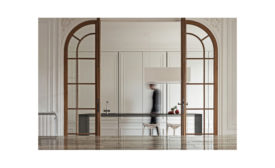Articles by Tracy Metz
Royal Picture Gallery Mauritshuis
Double dutch masterwork: A design team digs down to artfully connect a historic museum to a building across the way.
Read More
Invisible Kitchen
i29 Interior Architects uses decorative wall panels and an optical trick to create a vanishing kitchen inside a Paris apartment.
Read More
Villa Kogelhof
Putting Down Roots: A Dutch design team infuses a sweeping, minimalist aesthetic into a home with an ambitious sustainable program.
Read More
Tyrolean Festival Hall
Peak Performance: A concert hall carves its own niche in the Austrian Alps while bowing to the neighboring midcentury playhouse and the breathtaking landscape beyond.
Read More
Copyright ©2024. All Rights Reserved BNP Media.
Design, CMS, Hosting & Web Development :: ePublishing



